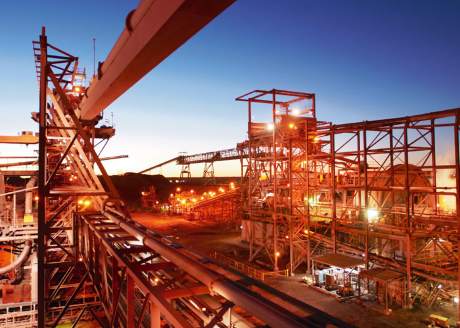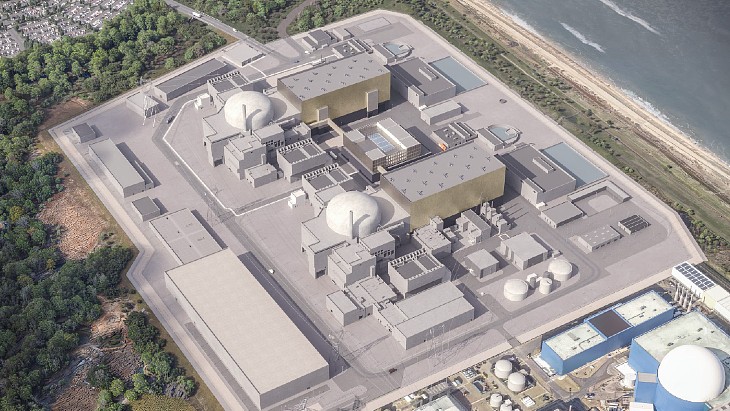BHP Billiton has applied for government approval to build a demonstration-scale heap leaching plant at its Olympic Dam mine, as the company looks for more economical ways of expanding the South Australian project.
 |
| BHP Billiton's existing Olympic Dam uranium operation (Image: BHP Billiton) |
Olympic Dam has been operating as an underground copper and gold mine, with uranium as a significant by-product, since 1988. Environmental approvals were granted for a large-scale expansion to include an open pit adjacent to the existing underground mine workings in 2011, but in mid-2012 the company announced that it was putting the project on hold while it looked into alternative less capital-intensive development options.
Heap leaching - a technique of treating crushed ore, usually with acid, over a long period to extract the uranium - is an alternative being considered by BHP Billiton. The company says that laboratory and pilot scale trials of the technique using ore mined underground at the existing operations have shown promising results to date. It has now lodged an application for assessment by the Australian and South Australian governments to construct and operate a demonstration plant on the site. If permission is granted, BHP Billiton expects to start construction of the demonstration plant in the second half of 2015, with a three-year trial period starting in late 2016.
Some 36,000 tonnes of ore - about one day's worth of current mine production - will be used in the trial. The ore will be crushed to gravel-sized particles, placed on the impermeable leach pad and treated with sulphuric acid for 300 days. This is expected to recover most of the uranium and around half of the copper.
The uranium would then be removed from the uranium-rich liquid by solvent extraction methods, after which the copper would be removed electrolytically. Depleted ore remaining after the acid treatment would be recovered before being crushed, milled and refined on site.
Unlike BHP's former expansion plans, it would appear that the proposed heap-leaching method would enable all the copper recovery to be carried out on-site, without the need to transport any of the copper concentrate elsewhere for smelting. The original expansion plans had envisaged transporting some of the copper concentrate for smelting overseas, but the presence of uranium in the concentrate would have meant that this would have to be carried out under International Atomic Energy Agency safeguards.
Olympic Dam currently produces close to 4000 tU3O8 per year and around 180,000 tonnes of copper. The planned expansion could lift annual uranium production to around 19,000 tonnes U3O8 and boost annual copper production by up to 515,000 tonnes.
Researched and written
by World Nuclear News




_55530.jpg)
_42372.jpg)
_37521_70699.jpg)

_76087_55556.jpg)




